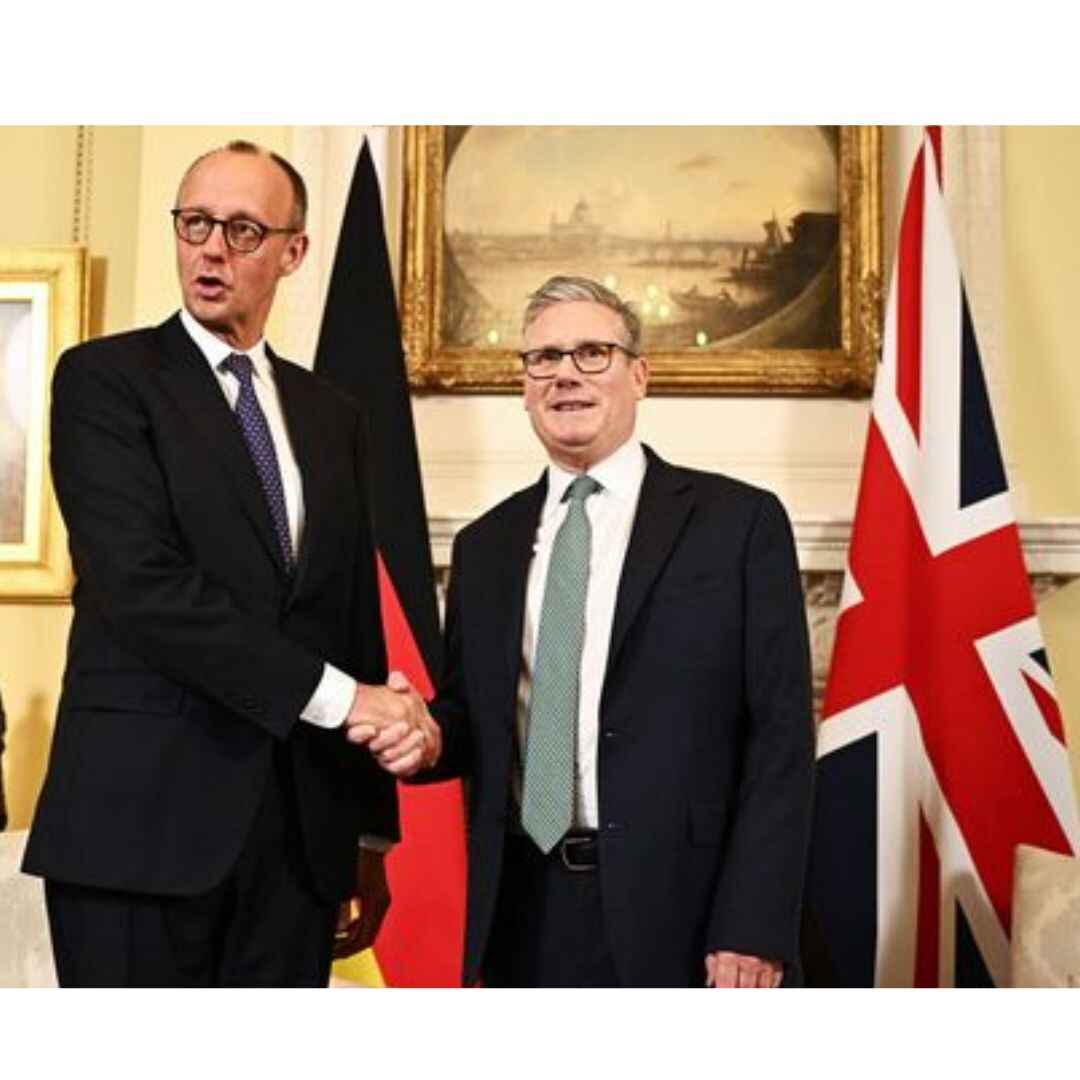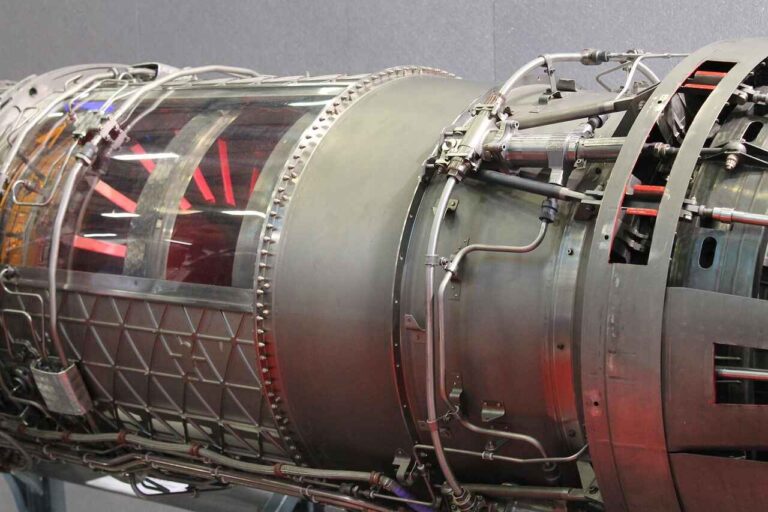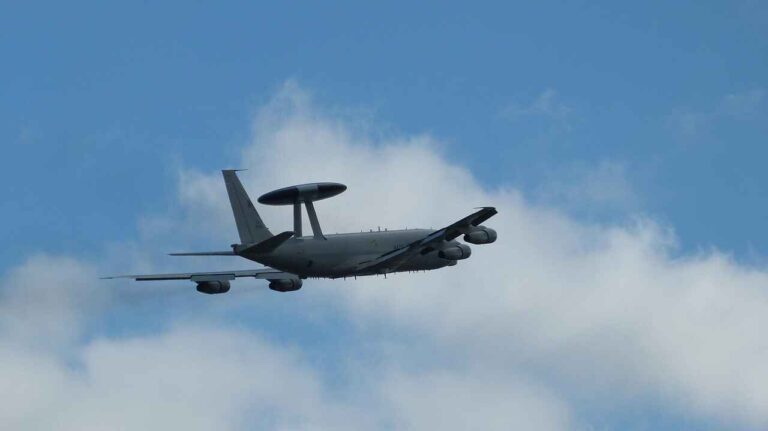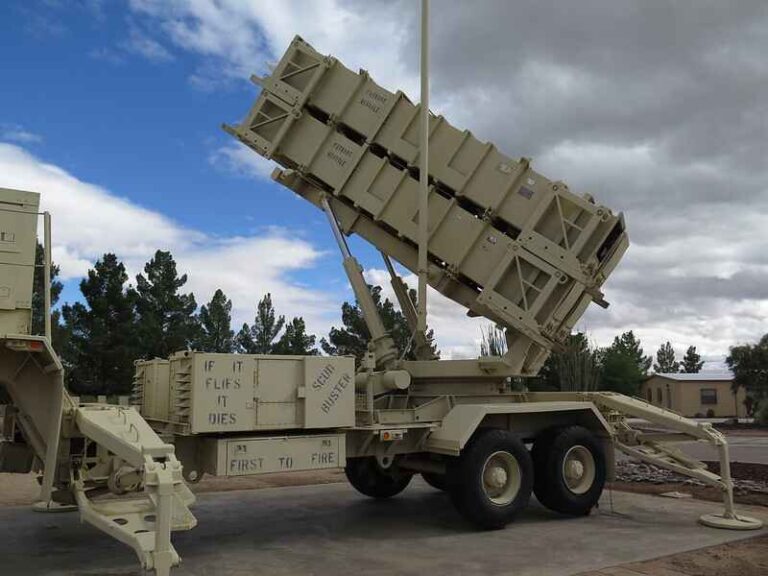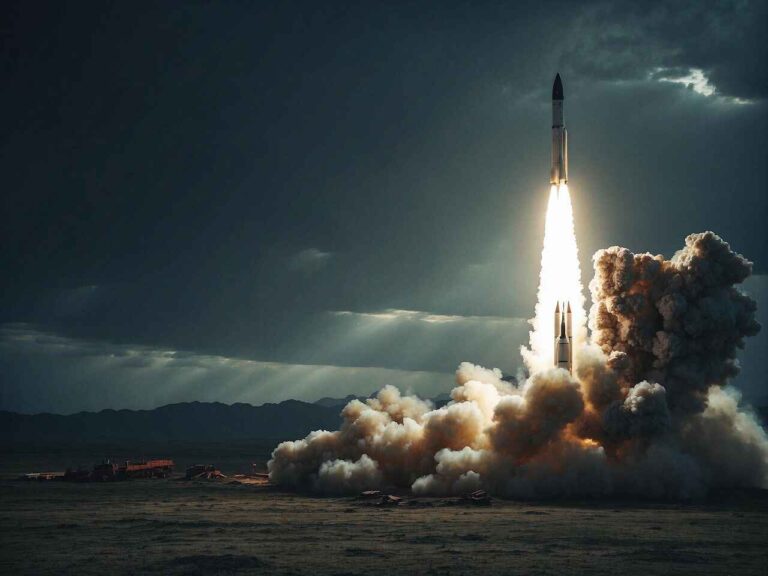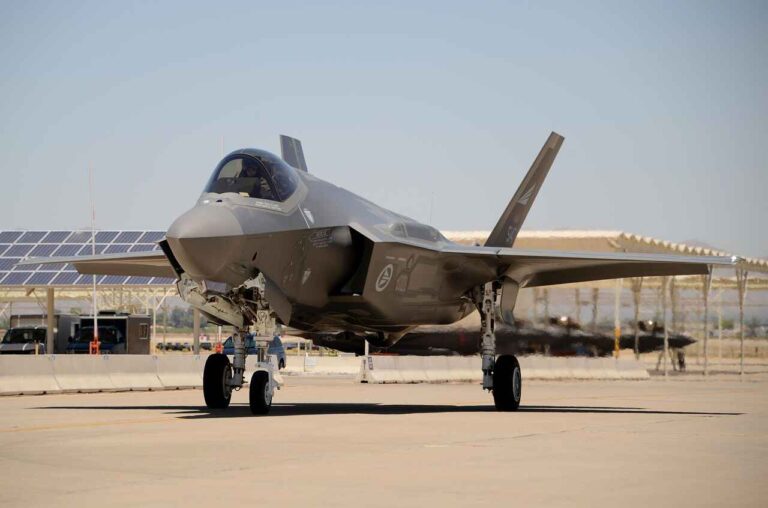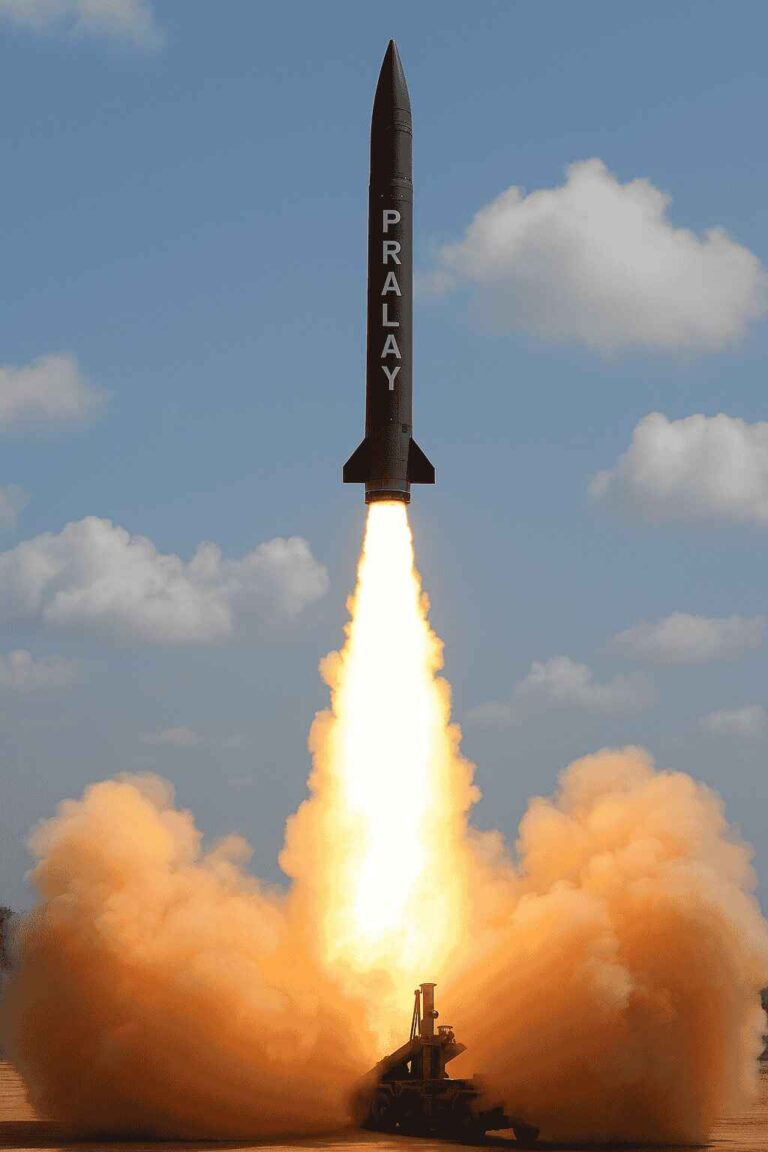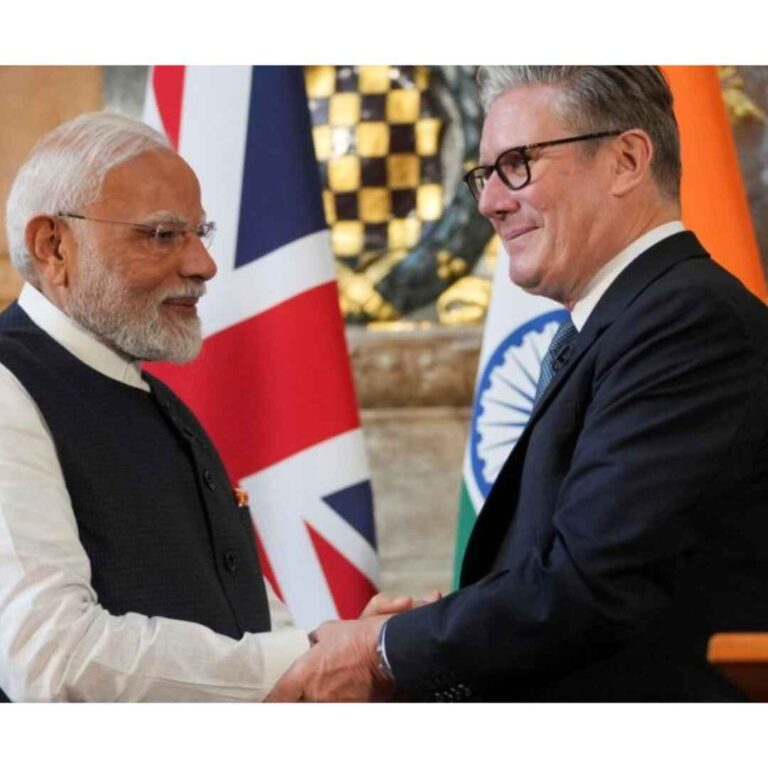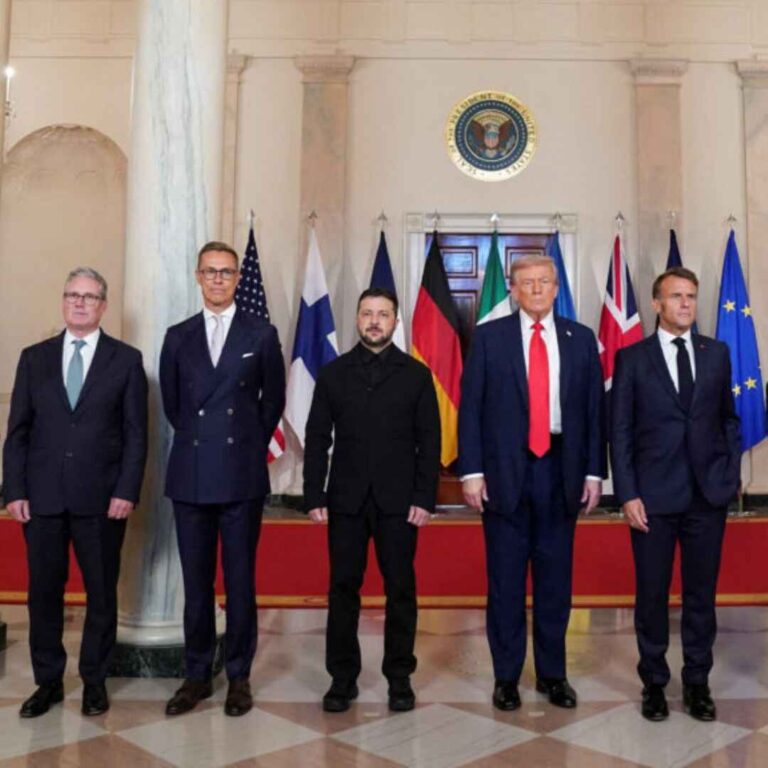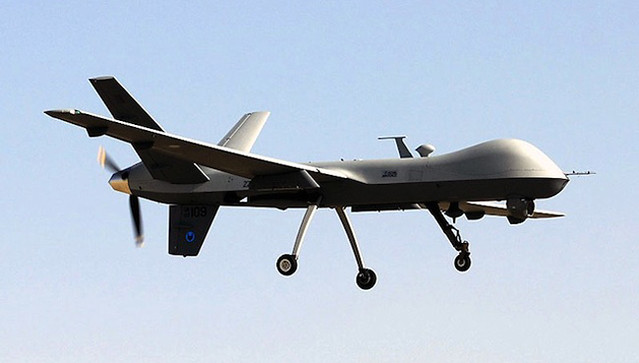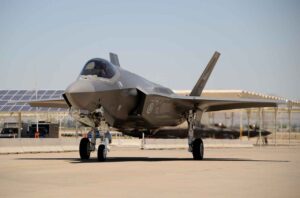Sunday, 20 July, 2025
In a groundbreaking development at the Victoria & Albert Museum, UK Prime Minister Keir Starmer and German Chancellor Friedrich Merz have signed the Kensington Treaty, on 17th July, 2025, the first bilateral accord between the two nations since World War II. This comprehensive pact encompasses military cooperation, defence industrial collaboration, migration controls, and shared economic initiatives, marking a significant upgrade in post-Brexit strategic alignment.
Chancellor Merz hailed the treaty as “historic,” emphasizing that it arrives nearly five years after Brexit and underscores a mutual acknowledgment of the necessity for formal coordination beyond EU frameworks. Prime Minister Starmer confidently described the agreement as “the first of its kind ever” and a bold statement of their ambition to work closely together.
At its core, the treaty includes a robust military assistance clause, committing both governments to support each other, “including by military means,” in the event of an armed attack, while respecting their existing obligations under NATO’s Article 5.
Accompanying this defence pledge is an initiative to develop a state-of-the-art Deep Precision Strike missile system, with a range exceeding 2,000 km and expected to be operational within a decade. This collaboration between British and German defence firms is set to revitalize Europe’s long-range deterrence capabilities.
The treaty also features joint export campaigns for military platforms produced together, including the Typhoon fighter jet and Boxer armoured vehicles, aimed at boosting overseas sales and enhancing defence industrial synergies. Both nations are set to increase their defence budgets to 3.5% of GDP, signalling a decisive step up in their commitment to continental security.
Additionally, the agreement establishes a UK-Germany Defence Industry Forum, facilitating structural collaboration on procurement, interoperability, and joint research and development initiatives. Addressing the pressing issue of illegal migration in the UK, the treaty mandates new German legislation to criminalize the facilitation of migrant crossings, directly targeting smugglers who exploit vulnerable individuals attempting to cross the English Channel.
On the social front, the agreement introduces measures such as visa-free travel for German school groups visiting the UK, passport e-gate access for frequent UK travellers at German airports, and plans to explore a future direct rail link between London and Berlin.
Official reactions to the treaty have been overwhelmingly positive. NATO Secretary General Jens Stoltenberg welcomed the accord as a bolstering of alliance cohesion, affirming that it enhances “Europe’s collective defence posture in a time of uncertainty.” The EU regards the treaty as a potential model for deeper bilateral cooperation beyond traditional multilateral institutions, although some Eastern European states have raised concerns about centralized influence within a limited membership.
Politically, this treaty underscores Germany’s emerging strategic assertiveness under Merz’s leadership, particularly in light of increasing doubts about future U.S. security guarantees following the Trump administration’s transactional approach. For the UK, it establishes a new framework for partnership with continental allies, demonstrating that Brexit does not diminish their role in European security. Analysts recognize this as the first tangible result of an emerging E3 strategic triad (UK, Germany, France), with Merz’s visit closely following French President Macron’s state visit to the UK in early July.
Details of the partnership projects signal ambitious economic and defence objectives: the imminent opening of a facility by German drone startup Stark in Swindon, projected to generate over 100 jobs; a £50 million investment by AI firm Cognigy in UK operations; and a Siemens Energy initiative poised to create hundreds more roles through apprenticeships and technical positions. All these projects fall under the treaty’s wide-reaching umbrella.
Moving forward, officials will convene a joint oversight body comprising cabinet-level officials and defence leaders tasked with ensuring the successful implementation of commitments across 17 priority projects. The inaugural collective exercise under this new framework, dubbed “Operation Iron Channel,” is slated for October 2025 and will feature joint amphibious drills, cyber response simulations, and interoperability testing.
Critics may argue that while the treaty aligns with existing NATO obligations, its true strength lies in its symbolic power and emphasis on effective bilateral execution. Some lawmakers have expressed concerns about the need for adequate parliamentary scrutiny to ensure that the treaty’s ambitious scope does not outpace legislative oversight.
Overall, the Kensington Treaty represents a decisive move towards deeper Anglo-German alignment at a pivotal moment for Europe. It seamlessly integrates defence aspirations with domestic and industrial goals, reflecting a shared commitment to strategic autonomy, migration management, and economic revitalization. In a world characterized by global competition and shifting geopolitical landscapes, London and Berlin are resolutely positioning themselves as proactive partners, ready to shape Europe’s future and confront its challenges head-on.
Kingston Treaty Vs Lancaster House Pact
The recent signing of the Kensington Treaty between the United Kingdom and Germany marks a significant turning point in European security cooperation, drawing intriguing parallels to the historic Lancaster House Treaties of 2010, which were established between the UK and France. As the UK navigates its post-Brexit landscape and European nations confront a myriad of complex security challenges, experts believe that the Kensington Treaty could signify both a continuation of past strategic objectives and a re-evaluation of the trajectory established by the Anglo-French agreement.
The Lancaster House Treaties, signed in the crisp autumn of November 2010 by then-UK Prime Minister David Cameron and French President Nicolas Sarkozy, were a bold and ambitious declaration of intention to bolster bilateral defence capabilities. These treaties laid the groundwork for extensive cooperation, creating frameworks that included joint expeditionary forces, initiatives for nuclear research collaboration, and arrangements for shared military training and procurement. For more than a decade, these accords served as the linchpin of European defence integration, solidifying the partnership between two of NATO’s most capable and influential militaries.
Conversely, the Kensington Treaty—signed in the summer of July 2025 amid a rapidly shifting geopolitical landscape—embodies a rejuvenated British commitment to continental defence, albeit through a different ally. As Germany rises to become Europe’s de facto economic and political powerhouse, the UK appears to be forging an innovative axis of cooperation, one that focuses on technological modernization, readiness for cyber warfare, and the pursuit of strategic autonomy. This treaty moves away from the traditional emphasis on maintaining a balance of legacy nuclear powers and shifts its focus toward addressing a spectrum of next-generation threats.
A striking distinction between the two treaties lies in their geostrategic motives. The Lancaster House Treaties emerged from a period of stagnation in European defence following the Cold War, highlighting the urgent need to rationalize military expenditures. In stark contrast, the Kensington Treaty was forged at a moment of escalated global military competition, influenced by Russia’s aggressive invasion of Ukraine, rising tensions in the Indo-Pacific, and a notable realignment of U.S. priorities that have shifted away from Europe. This treaty embodies a pressing imperative—not only to act decisively but to modernize rapidly in response to evolving threats.
The focus areas outlined in the two treaties also reveal profound differences. The Lancaster House agreements primarily concentrated on nuclear testing facilities, ensuring interoperability of aircraft carriers, and coordinating conventional military forces. In contrast, the Kensington Treaty emphasizes cutting-edge initiatives such as cybersecurity fusion cells, AI-integrated defence systems that respond to modern warfare demands, advanced space-based surveillance, and enhanced maritime domain awareness. Germany’s increasing defence expenditure—particularly after the Zeitenwende policy shift following 2022—positions it as an attractive and capable partner for the UK’s strategic aspirations.
Structurally, the treaties differ notably as well. The Lancaster House framework cantered on joint capability development within the established parameters of NATO and EU defence structures. In contrast, the Kensington Treaty is perceived by some analysts as an effort by Britain to diversify its alliances in the post-Brexit era. It aims to assert a more autonomous approach to defence diplomacy, operating outside traditional EU frameworks while remaining integrated within NATO. Germany, historically reticent to take on a militarized leadership role, has shown an unprecedented willingness in recent years to commit to collective European defence initiatives, making this new alignment both timely and impactful.
While it is still early to assess whether the Kensington Treaty will produce results akin to the operational deployments and integrated projects initiated under Lancaster House, the early indicators are encouraging. Plans for a joint UK-German cyber defence command are already underway, and naval exercises in the strategic waters of the Baltic Sea and the Indian Ocean are scheduled for later this year. Additionally, both nations have announced an ambitious joint research and development program involving the defence giants BAE Systems and Rheinmetall, which has the potential to rival earlier Franco-British collaborative efforts like the Future Combat Air System (FCAS)—a project that has faced numerous challenges due to political disagreements.
Despite the promise, critics caution against potential friction that could arise. Language barriers, differing national defence doctrines, and Germany’s constitutional limitations on overseas military deployments may complicate long-term integration. Furthermore, observers in Paris have raised alarms about London’s pivot toward Berlin, with some interpreting this shift as a subtle reorientation of Britain’s strategic loyalties.
In light of these complexities, the Kensington Treaty represents a notable evolution in the UK’s defence diplomacy. Instead of superseding the Lancaster House Treaties, it serves to enhance them, reinforcing Britain’s role as a vital bridge between the nations of continental Europe and transatlantic allies. For Germany, the treaty symbolizes a growing confidence in adopting a more proactive defence posture in a world characterized by uncertain alliances.
Ultimately, both treaties underscore a persistent truth in the realm of European security: in the absence of a unified EU military doctrine and amidst escalating scepticism concerning America’s reliability, bilateralism stands as the most pragmatic approach to achieving strategic resilience. Whether forged in the grand halls of Lancaster House or Kensington Palace, these partnerships are emerging as the fundamental bedrock of Europe’s evolving defence architecture.

